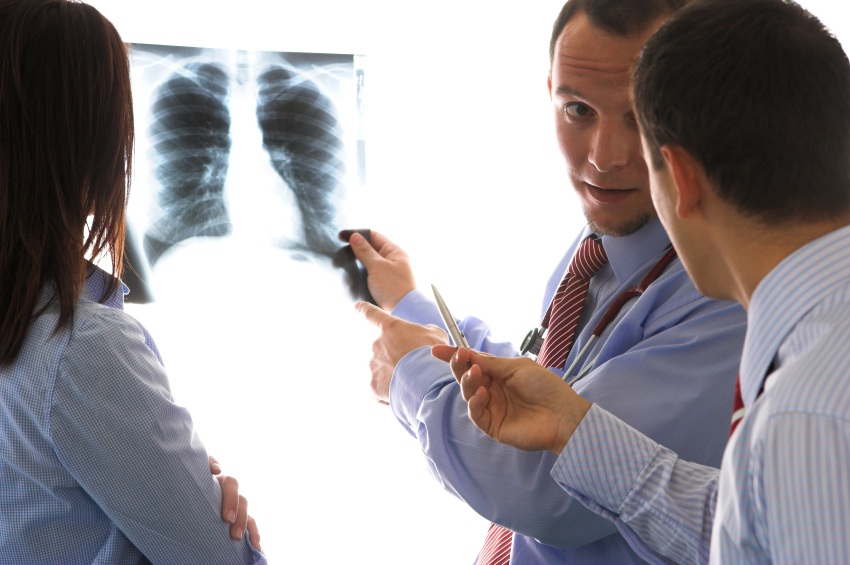Everyone must have heard of cancer and heart disease. Also, it is well-known that they are the top causes of death worldwide. But did you ever think about chronic obstructive pulmonary disease, in other words, COPD? All too often, it’s pretty sure most of us have never heard of this term or we think it is rare or not serious. COPD is a lung disease. And nothing could be further from the truth.
Yet, the more we learn about COPD, the greater our chances to prevent it. Till the past generations, the education, and prevention efforts led to a drop in cancer and heart attacks. And thank you, oatmeal for breakfast! Now, the experts hope that as more people learn about COPD, healthier our mankind will be!
Causes:
- The largest contributing factor – Smoking
- Environmental exposure – air pollution, chemicals, etc…
- Childhood respiratory infections
- Genetic factors
Symptoms of COPD:
- You will feel shortness of breathYou notice changes in your mucus
- You cough for no apparent reason
- You wake up with a headache
- Your legs and ankles swell
- You’re having trouble sleeping
- You’re tired all the time
- You lose weight for no reason
- It’s hard to breathe when lying down
- Changes in skin or nail color
How does it affect?
COPD is a progressive lung disease that means it gets worse over time.
As discussed before, COPD makes it hard to breathe due to the less airflow in the airways of your lungs. This happens when:
- Airways and air sacs lose their elastic quality.
- Airways become thick and inflamed.
- Too much mucus is made and blocks i.e. obstruct airways.
- Lung tissue is destroyed
Here is the explanation, when you get less air, less oxygen gets into your body tissues and it becomes harder to get rid of the waste gas which is carbon dioxide. This basically results in shortness of breath amid everyday activities. People suffering from COPD can also experience fatigue, frequent respiratory infections, and chronic cough. People with COPD are also at a greater risk for other health problems such as strokes, heart attacks, and lung cancer.
Due to shortness of breath, it might become really a tough to stay active especially as the disease progresses. When you have COPD, it can limit things like:
- Normal physical exertion
- Ability to work
- Household chores
- Sleeping
- Social activities
- Family activities
Treatments for COPD:
There is no known cure for COPD. The damages tissue can’t be repaired by itself. Following are the few treatments using which we can slow down the disease.
Corticosteroids: This medication is used to reduce the inflammation as well as swelling of lung tissue.
Bronchodilator medication: It is to open the airways. And this is best administered by a puffer
Expectorants: This medication will loosen the phlegm
Treatment for chest infections: Antibiotics to treat the existing infections, and pneumonia as well as flu vaccinations to reduce the risk of infections in the near future
Oxygen therapy: Prescribed for many people with COPD who have low blood oxygen levels. Our body can tolerate low levels of oxygen only for a short period of time, when it reaches a long period then it can cause severe problems in your vital organs. Oxygen therapy helps return your blood oxygen levels to normal, by reducing the damage to your vital organs. This therapy can improve the quality of life. Oxygen might relieve shortness of breath.
Lifestyle Factors:
When a person is affected with COPD, he/she might adopt to some healthy lifestyle changes such as:
- Quit smoking
- Eat a healthy diet
- Avoid smoky or dusty environments.
- Try to be as physically active as possible
- Follow a COPD action plan
- Make adjustments to your lifestyle and home environment to ensure plenty of rest
- Keep yourself hydrated to help keep the mucus in your lungs runny as well as easier to cough up
Despite the fact that COPD grows gradually, its side effects typically decline after some time. In the event that you encounter any of these warning signs of COPD, even gently, converse with your specialist about taking a straightforward breathing test called spirometry. This test evaluates your lung work by measuring how much air you can breathe in and breathe out and how rapidly. On the off chance that you do have COPD, getting a diagnosis is the initial step to getting the treatment you require, which will help you inhale less demanding and keep on leading a dynamic way of life.

